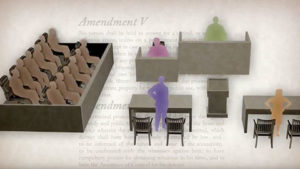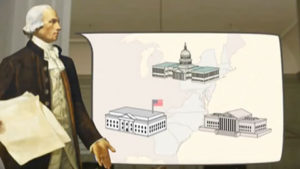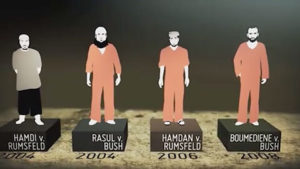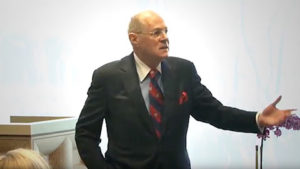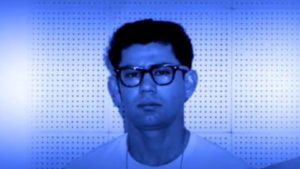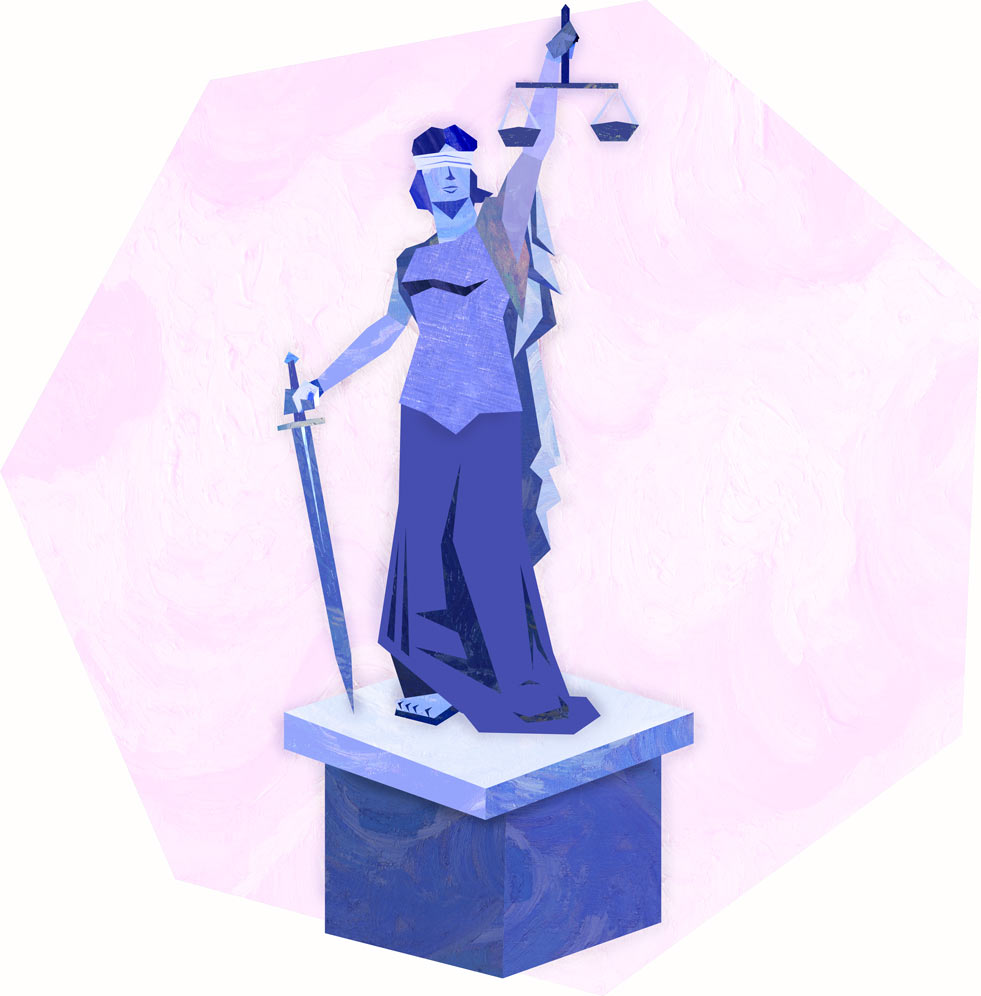This middle school lesson plan is designed to accompany the film “Juneteenth” and focuses on the themes of freedom and citizenship. Students will explore the events that led up to the issuance of General Order #3, while considering the relationship between freedom and citizenship, and why Juneteenth is significant for all Americans.
